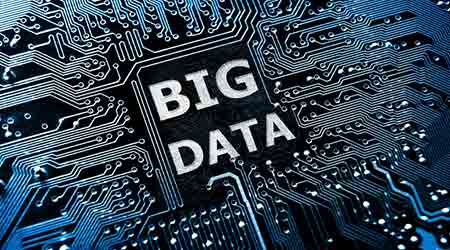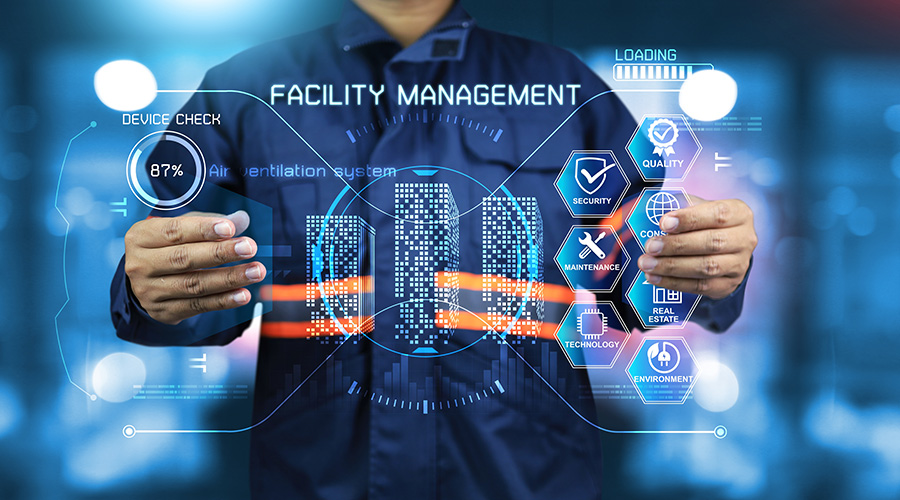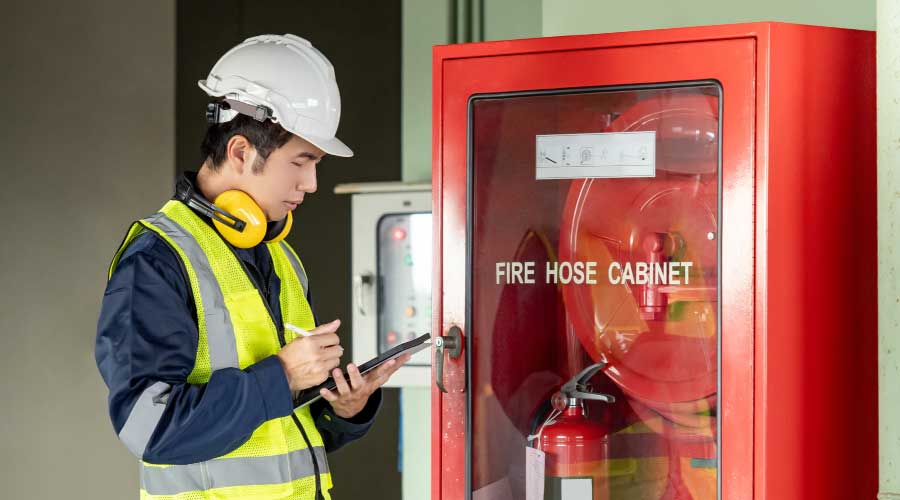Data From Building Internet Of Things Devices Is Changing Facility Management
Part 1 of a 3-part story about the way the Internet of Things is affecting corporate real estate
Some new technologies, such as mobile work tools and integrated workplace management systems (IWMS), have proven real value-adds for the real estate industry while others have not. Given the current buzz about the Building Internet of Things (IoT), what should the C-suite and facility managers do about the virtually open-ended possibilities of this technological future?
IoT’s generally accepted definition is the connection of physical objects, from individual electronic devices to complete building systems, via the Internet, to collect and exchange data on an M2M (machine-to-machine) basis. Projections are for 26 billion connected devices only four years from now, with a major impact on facility management.
Direct Impact on Facility Management
Facility professionals have streamlined work quite well electronically before the IoT explosion. For example, inventory software allows tracking when items have been removed and installed on equipment. Also, people’s locations can be tracked by assigning seats and allowing them to update locations online or through physical walkthroughs often enabled by mobile technology.
In fact, the list of existing technological advances is seemingly endless and includes the sophistication of management tools such as integrated workplace management (IWMS) playing a key role in managing facilities successfully. The caveat is that without IoT, facilities are simply automating what has always been done in a generally labor-intensive way. Now, imagine sensors inside various building assets communicating their own status. This picture includes:
• Fire extinguishers communicating propellant pressure and even telling users if something was placed to block access.
• Conference rooms detecting occupant presence and determining if room usage is according to policy (that a room for 12-15 is inefficiently accommodating only 2-3).
• Assets providing their own diagnostics, allowing maintenance work to be predicted, thereby both eliminating most demand work orders and waste from preventive activities being executed too often
• Presence detection on employees (smartphone or badge sensors) alerting their location for wayfinding or utilization management
Again the list is realistically open-ended and, in aggregate, data collection from these devices is changing the facility management world. Case in point: One company invested a significant amount in this kind of automation because their building engineers typically spent 70 percent of their time compiling data vs. 30 percent on engineering. With their smart buildings now delivering data in easily consumable formats, this productivity percentage is now more than reversed, with 95 percent of time spent on engineering, providing substantial savings to the company.
Related Topics:














